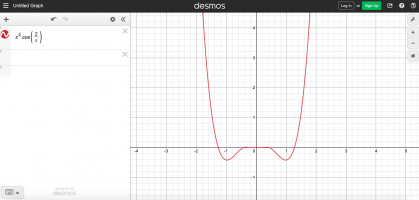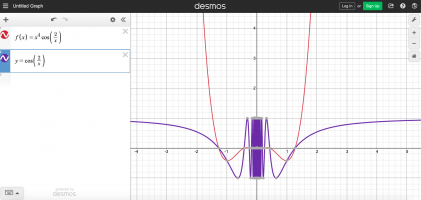kmunzenmaier
New member
- Joined
- Oct 11, 2021
- Messages
- 5
Hi everyone!
I'm really stuck on this question and can't seem to find any related examples online to help me with understanding how to solve the problem (I'm having a hard time with the Midterm Review for the Calculus class I'm currently enrolled in and will probably be getting a math tutor this week or the next); is there an example of a similar type of question to use for applying to the problem I'm stuck on? Here's a screenshot of the question:

I'm not sure how to find the value of c from the given function (I've never encountered this problem in the homework or quizzes for the class); it appears that the domain is all real numbers except for 0 where the given function would be undefined, but I haven't made much progress with this question as far as the domain is concerned :/
I want to do really well on the Calculus Midterm and would love to receive any feedback for this question if possible ~ thank you!
I'm really stuck on this question and can't seem to find any related examples online to help me with understanding how to solve the problem (I'm having a hard time with the Midterm Review for the Calculus class I'm currently enrolled in and will probably be getting a math tutor this week or the next); is there an example of a similar type of question to use for applying to the problem I'm stuck on? Here's a screenshot of the question:

I'm not sure how to find the value of c from the given function (I've never encountered this problem in the homework or quizzes for the class); it appears that the domain is all real numbers except for 0 where the given function would be undefined, but I haven't made much progress with this question as far as the domain is concerned :/
I want to do really well on the Calculus Midterm and would love to receive any feedback for this question if possible ~ thank you!


